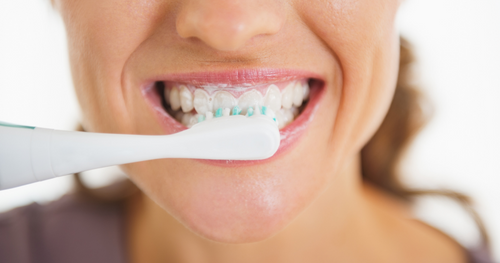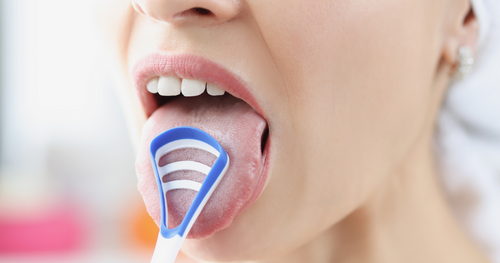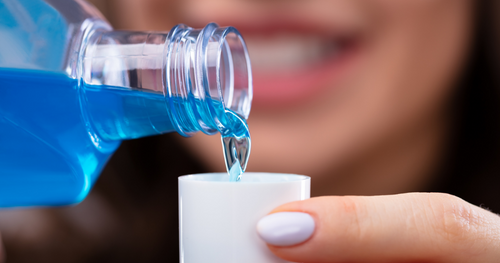The mouth is part of the connection of organs that contribute to your digestive system. It can be seen as the origin since your mouth is the entry point of anything ingested prior to digestion. The mouth serves a significant role in the function of various organs in the body making it a key organ for overall health. Therefore, adopting good oral cleaning techniques benefits your whole body.
Prevention is the aim when it comes to achieving effective oral health. Asides from proper oral hygiene, diet plays an important role in mouth health as well. For example, excess sugar in the diet can harm teeth health by leaving you vulnerable to cavity production.
Proper teeth cleaning techniques in addition to lifestyle choices can aid in the prevention of conditions that can affect the oral cavity. Maintaining oral health is essential, not only for the aesthetic feel but for health reasons as well. It is part of your personal self-care routine. Today’s focus is on the best oral care cleaning techniques & tips for fresher breath.
Brushing Cleaning Techniques

This is a routine performed quite frequently up to twice a day by most but can be done inefficiently. Brushing helps remove plaque and food remnants, which prevents teeth conditions, such as gum disease and cavities from forming.
The act of brushing is great, but the proper technique, in addition to helpful oral care products contributes to a thorough oral hygiene routine.
Technique:
Make sure your hands are placed at a 45-degree angle while holding the toothbrush and move in a circular motion upward on your top teeth and downward on your bottom teeth. The upward and downward motions are meant to target the gum lines, which are a common hiding place for food.
General Tips:
#1: Brushing your teeth for two (2) minutes is recommended for an efficient clean. Time your teeth-brushing session to make sure you reach that two-minute mark.
#2: An electric toothbrush may facilitate brushing your teeth. You can add an electric toothbrush with a built-in timer to make sure you are brushing your teeth for the appropriate amount of time. The same cleaning techniques apply.
#3: Rinse your toothbrush with warm water or place it under hot water before and after use.
#4: Invest in a toothbrush sanitizer. Also, make sure your toilet lid is closed prior to flushing to prevent the spread of infectious aerosols, which could make their way onto your toothbrush.
Flossing Oral Cleaning Techniques

You can brush as efficiently as your heart desires but food debris within the spaces of your teeth, as well as gums, can remain. Adding proper flossing techniques to your hygiene routine reduces the risk of oral health problems, such as halitosis and gingivitis.
Technique:
Once the floss is placed in between your teeth, wrap it halfway around the teeth and gently slide it along to remove food accumulation. Make sure to get within the gums as well. Avoid the horizontal back-and-forth flossing technique, as it can cut into your gums.
General Tips
#1: Use a water flosser if you are experiencing gum sensitivity or are unable to floss properly.
#2: Rinse out your mouth after you floss if you are using the traditional flossing method. This will allow all the debris you’ve removed to properly come out of your mouth.
#3: Use an interdental brush to get into teeth spaces and brush out debris. You can also add your favorite toothpaste to properly focus on those areas.
Tongue-Scraping Oral Cleaning Techniques

Your tongue can accumulate bacteria as well as food particles. This can cause an unpleasant mouth odor and change the appearance of your tongue. Your tongue may present a white-coated film color instead of its natural pink color if not cleaned properly or at all.
Cleaning this organ is an important component of mouth health care and overall health. Swallowing leads to the introduction of bacteria from the tongue into your body. Remember acid-resistant bacteria from your tongue can travel to your digestive system.
Technique:
Many manual toothbrushes, like the one recommended above, have bristles on the back to which you can add a small amount of toothpaste to clean your tongue. You can follow up with a tongue scrapper to remove all the buildup that possibly formed in between the papilla of your tongue. Use an “S” pattern or your preferred scraping method from the back of your tongue to the front.
General Tips:
#1: Some tongue scrapers come equipped with bristles, which can provide the brushing as well as the scraping.
#2: Be gentle when scraping.
Mouthwash For Oral Care

Maintaining good oral hygiene can eliminate this step from your hygiene routine. With proper cleaning, mouthwashes are not necessarily an essential part of your mouth cleaning routine unless recommended by your dentist to fulfill a specific purpose. For example, Chlorhexidine is a mouthwash for gum health prescribed to treat gingivitis.
Mouthwash does not remove plaque but is effective in killing bacteria. There are some important tips to note if you prefer the addition of mouthwash to your oral hygiene routine.
Technique:
Generally, swishing your mouthwash between all corners of your mouth, including spaces of your teeth is recommended. Do this with your mouth closed for 30 seconds. Check the manufacturer label for the amount recommendations.
General Tips:
#1: Alcohol-containing mouthwashes can potentially dry out your mouth. If you want to avoid that, choose an alcohol-free mouthwash.
#2: If you use toothpaste with anti-cavity qualities, but rinse out your mouth after brushing, adding mouthwash with those same qualities can be helpful.
#3: Do not rinse your mouth with water after using mouthwash if it contains fluoride unless recommended by your dentist.





Leave a Reply